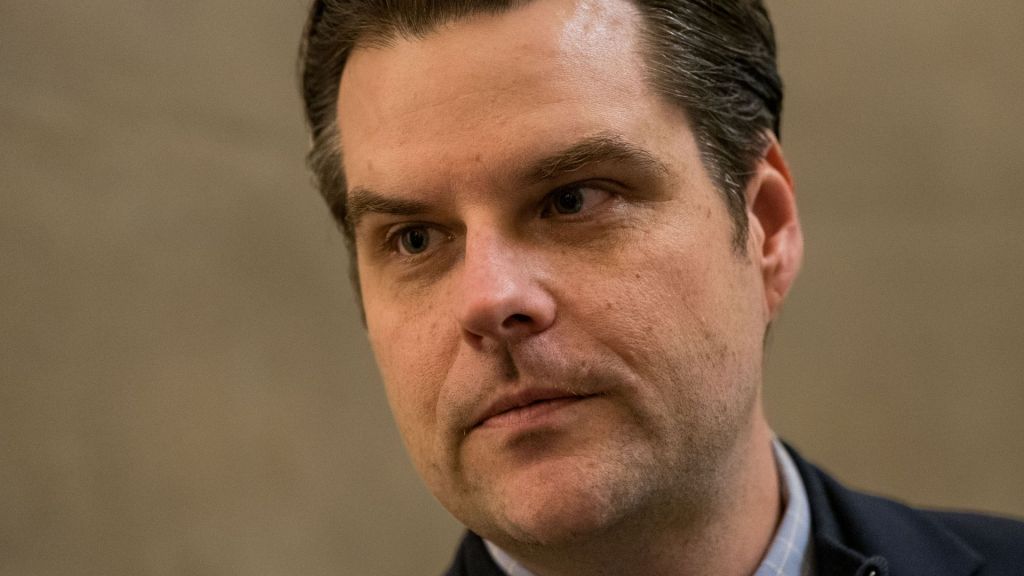The Biden administration announced Monday it would increase food stamp benefits by the single largest amount in the program’s history starting in October.
Average benefits for the Supplemental Nutrition Assistance Program, or SNAP, will go up more than 25 percent compared to pre-pandemic levels. It will replace a 15 percent increase in SNAP benefits put in place during the pandemic. Overall, the average monthly per-person benefits for qualified recipients will rise from $121 to $157.
The incident is considered by some to be a major revision to the USDA’s Thrifty Food Plan. “A modernized Thrifty Food Plan is more than a commitment to good nutrition – it’s an investment in our nation’s health, economy, and security,” Agriculture Secretary Tom Vilsack said. “Ensuring low-income families have access to a healthy diet helps prevent disease, supports children in the classroom, reduces health care costs, and more. And the additional money families will spend on groceries helps grow the food economy, creating thousands of new jobs along the way.”
Before President Joe Biden even took office, a farm law passed in 2018 by the then-GOP led Congress and signed by former President Donald Trump already directed the department to reassess the plan. “Whether you’re a Republican or a Democrat, I think there’s a shared understanding of the importance of this program,” Secretary Vilsack said.
The increase, which does not have to be approved by Congress, is projected to cost an additional $20 billion per year.
The increase is part of an effort from the administration to strengthen the country’s social safety net. Activists have said previous levels of SNAP assistance simply weren’t enough. They say this forces many households to choose cheaper, less nutritious options, or go hungry as funds ran low toward the end of the month.
While the changes are not directly related to the pandemic, Vilsack said the pandemic emphasized the need for the program.
“A lot of people who thought they’d never take part in the SNAP program found themselves in need,” Vilsack said. “The pandemic sort of shocked people out of the belief that this was a program for someone else.”
42 million Americans rely on SNAP benefits.
 FILE PHOTO: U.S. President Joe Biden discusses his 'Build Back Better' agenda and administration efforts to "lower prescription drug prices," in the East Room at the White House in Washington, U.S., August 12, 2021. REUTERS/Evelyn Hockstein/File Photo
FILE PHOTO: U.S. President Joe Biden discusses his 'Build Back Better' agenda and administration efforts to "lower prescription drug prices," in the East Room at the White House in Washington, U.S., August 12, 2021. REUTERS/Evelyn Hockstein/File Photo
 FILE PHOTO: U.S. President Joe Biden discusses his 'Build Back Better' agenda and administration efforts to "lower prescription drug prices," in the East Room at the White House in Washington, U.S., August 12, 2021. REUTERS/Evelyn Hockstein/File Photo
FILE PHOTO: U.S. President Joe Biden discusses his 'Build Back Better' agenda and administration efforts to "lower prescription drug prices," in the East Room at the White House in Washington, U.S., August 12, 2021. REUTERS/Evelyn Hockstein/File Photo






